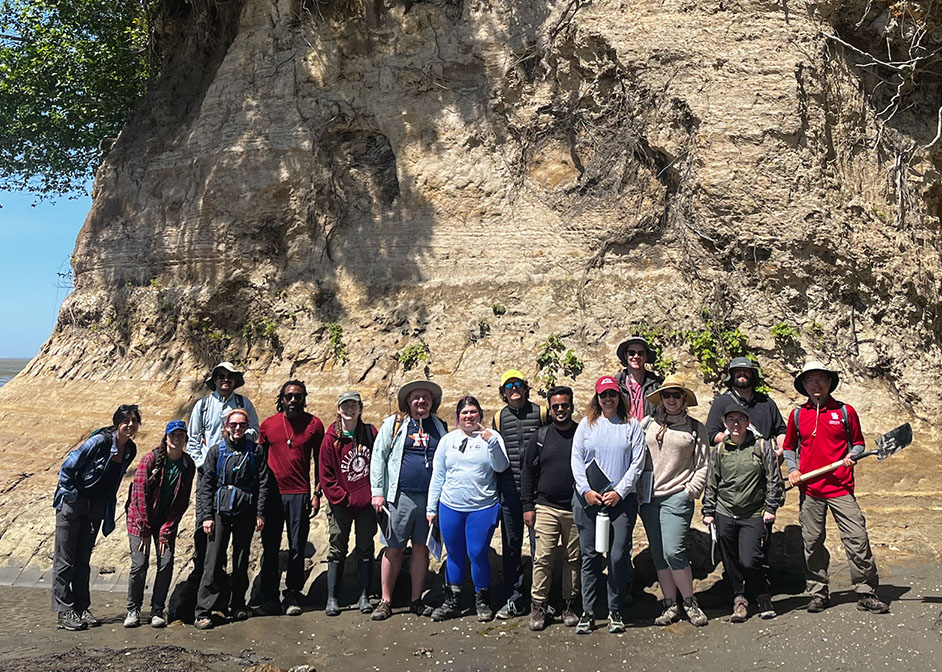- 05/18/2023 11:19:21 AMUH Geology Students and Professors Study Sedimentary Facies in WashingtonStudents study regional differences in deposition: glaciation and catastrophism in Whidbey Island, Channeled Scablands, and Willapa Bay, WA.
 Earth & Atmospheric Sciences
Earth & Atmospheric Sciences
